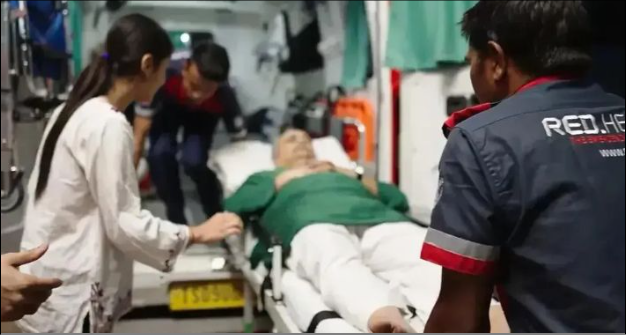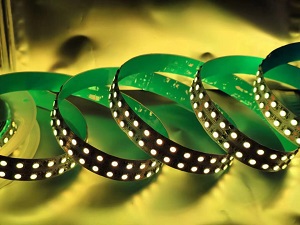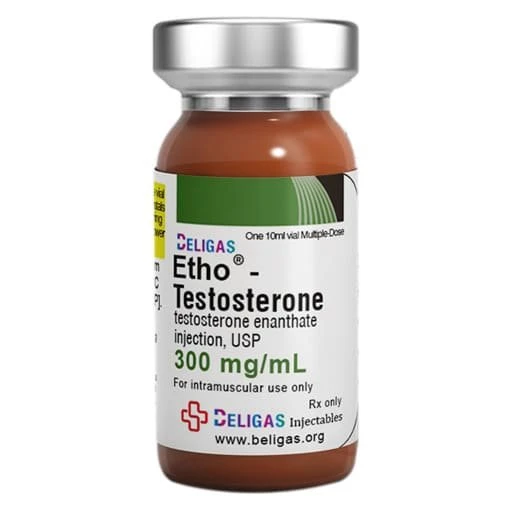Toronto’s Most Effective Dry Eye Treatments: Expert Insights

Dry eye syndrome is a common condition that affects people of all ages. It causes discomfort, irritation, and blurry vision. The condition occurs when the eyes fail to produce enough tears or when the tear quality is poor, leading to inflammation and a gritty sensation. Finding the right dry eye treatment in Toronto is essential to improving eye health and preventing long-term damage.
Various factors contribute to dry eyes, including aging, prolonged screen time, environmental conditions, and underlying medical conditions. Fortunately, Toronto offers several advanced treatment options ranging from over-the-counter solutions to innovative clinical procedures.
Understanding Dry Eye Syndrome and Its Causes
Dry eyes develop due to insufficient tear production or excessive tear evaporation. Common causes include:
- Age-related changes – Tear production decreases as people age, leading to chronic dryness.
- Prolonged screen use – Reduced blinking while using digital devices contributes to dryness.
- Environmental factors – Wind, smoke, and air pollution can trigger dry eye symptoms.
- Medical conditions – Diabetes, rheumatoid arthritis, and thyroid disorders are linked to dry eye syndrome.
- Contact lens wear – Prolonged use of lenses can reduce tear film stability.
Recognizing the root cause helps determine the most effective dry eye treatment in Toronto for each individual.
Most Effective Dry Eye Treatments in Toronto
1. Artificial Tears and Prescription Eye Drops
For mild cases, over-the-counter artificial tears help lubricate the eyes and relieve symptoms. Those with chronic dry eyes may require prescription eye drops such as:
- Restasis (Cyclosporine) – Reduces inflammation and increases tear production.
- Xiidra (Lifitegrast) – Helps improve tear quality and reduces eye irritation.
- Cequa – A newer formulation for enhancing tear production.
A Toronto-based eye specialist can determine the best prescription option based on symptom severity.
2. Punctal Plugs for Tear Retention
Punctal plugs are tiny medical devices inserted into the tear ducts to prevent tear drainage and keep the eyes moist for a longer period. This minimally invasive procedure is commonly performed at Toronto eye clinics and provides lasting relief for those with moderate to severe dry eyes.
3. LipiFlow and Intense Pulsed Light (IPL) Therapy
Blocked meibomian glands are a leading cause of evaporative dry eye disease. Clinics in Toronto offer LipiFlow and IPL therapy to treat this condition effectively.
- LipiFlow – Uses thermal pulsation to unclog blocked oil glands, improving tear film stability.
- IPL Therapy – Reduces inflammation and enhances gland function to improve tear production.
These treatments are recommended for patients who have not found relief with eye drops alone.
4. Autologous Serum Eye Drops (ASEDs)
In cases where conventional treatments fail, autologous serum eye drops provide a more personalized approach. These drops are made from a patient’s own blood serum, containing essential nutrients and growth factors to heal the eye’s surface.
Several Toronto eye clinics now offer this innovative treatment for individuals with severe dry eye disease.
5. Scleral Contact Lenses for Severe Dry Eyes
Scleral lenses create a protective moisture-filled reservoir over the eye, offering long-lasting relief for individuals with chronic dry eye syndrome. Unlike traditional contact lenses, these lenses provide hydration and prevent tear evaporation, making them an effective solution for those who struggle with severe dryness.
6. Lifestyle Adjustments for Managing Dry Eyes
Simple lifestyle changes can significantly improve dry eye symptoms, including:
- Using a humidifier to add moisture to indoor air.
- Following the 20-20-20 rule (taking a 20-second break every 20 minutes when using screens).
- Staying hydrated to support natural tear production.
- Wearing wraparound sunglasses to protect against wind and dust.
Toronto’s dry winters and long screen hours contribute to eye discomfort, making lifestyle changes an essential part of any dry eye treatment plan.
Conclusion
Managing dry eye syndrome requires a combination of treatments, depending on the severity of symptoms. From artificial tears and prescription drops to LipiFlow, punctual plugs, and autologous serum eye drops, dry eye treatment in Toronto offers a wide range of effective solutions. Consulting a specialist for dry eye treatment in Toronto ensures access to the latest medical advancements and customized treatment plans.
Those experiencing persistent dryness, irritation, or blurred vision should seek professional dry eye treatment in Toronto to prevent long-term complications and improve overall eye comfort.
FAQs
- What is the most effective treatment for dry eyes?
The most effective treatment depends on the cause and severity of dry eyes. Options include prescription eye drops, LipiFlow therapy, punctal plugs, and scleral contact lenses for advanced cases. - What is the best new treatment for dry eyes?
New advancements in dry eye treatment include IPL therapy, autologous serum eye drops, and advanced tear stimulants like Cequa. These treatments focus on improving tear quality and reducing inflammation for long-lasting relief. - What is the best eye correction for dry eyes?
For those needing vision correction while managing dry eyes, scleral lenses are a great option as they provide continuous hydration. PRK surgery is also preferred over LASIK for dry eye sufferers, as it preserves more corneal tissue. - What is the new procedure for dry eyes in 2025?
Ongoing research in biological tear substitutes, neurostimulation therapy, and meibomian gland regeneration is expected to lead to more advanced dry eye treatments in 2025. Toronto clinics continue to adopt the latest technologies to provide cutting-edge care.








